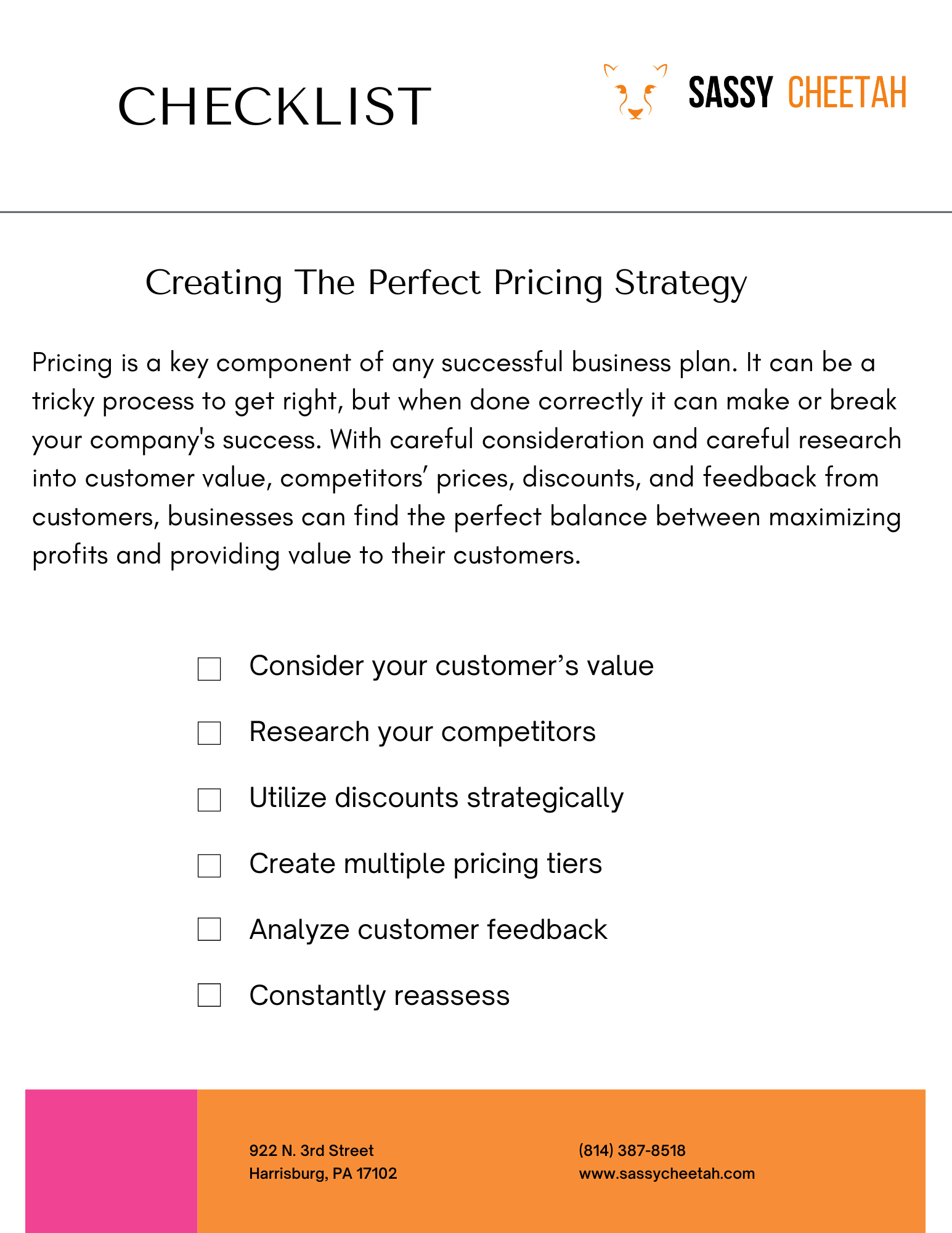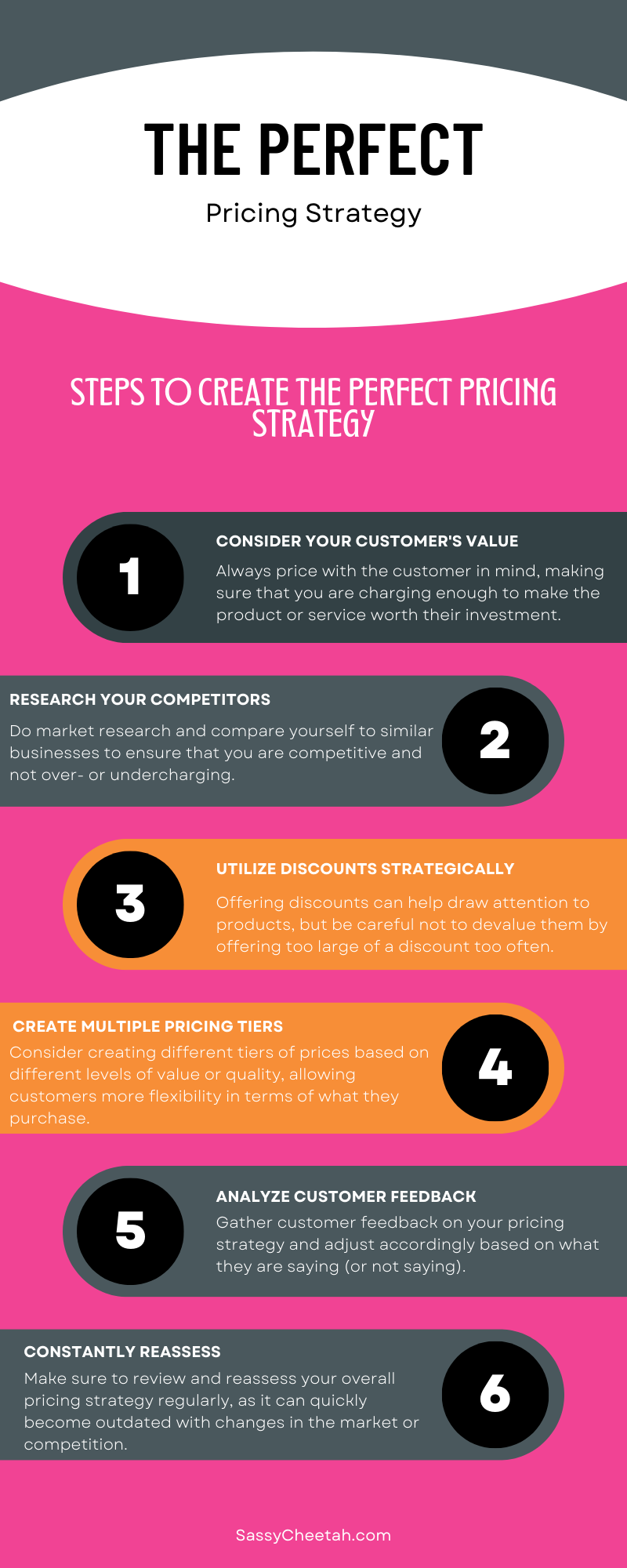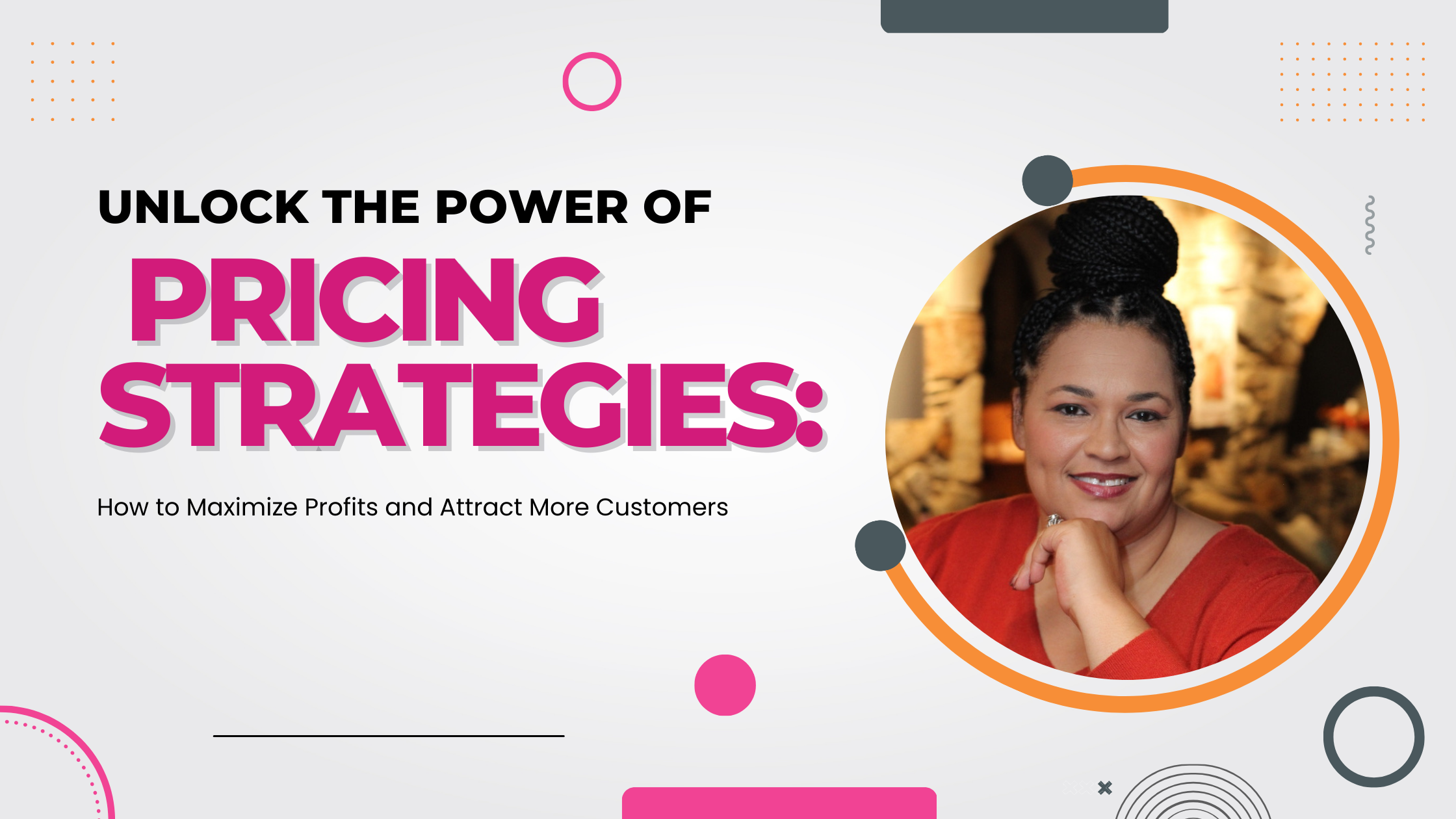
Pricing strategies are an essential part of any successful business. Finding the right balance between profitability and customer demand can be challenging, but when done correctly, it can reap huge rewards. In this blog post, we’ll be looking at the various pricing strategies available and how they can help to boost profit margins and increase customer loyalty.
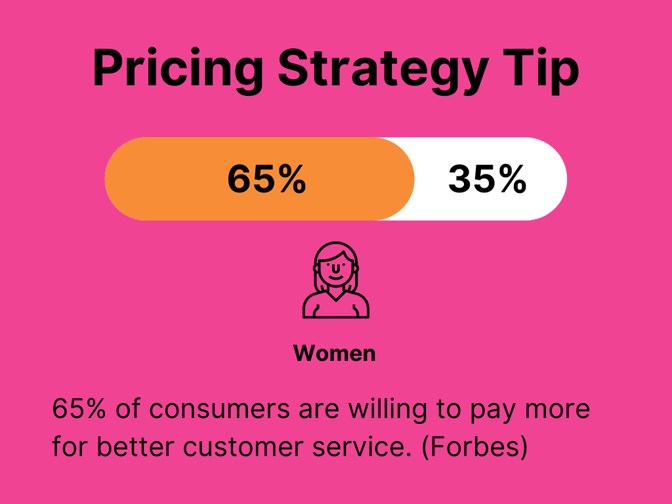
Competitor Pricing
First off, you need to consider your competitors’ prices. Conducting a detailed analysis will give you valuable insight into the market and your position within it. You may find that your current pricing strategy is not competitive enough or that there are opportunities to price products differently from the competition – all while increasing profits.
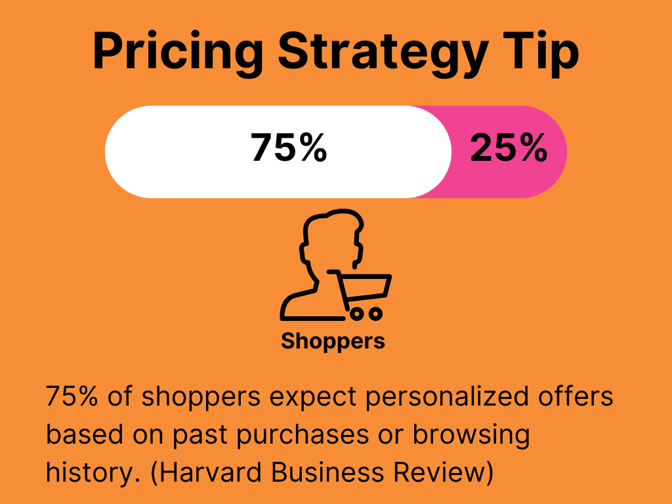
Customer Types
It is also essential to consider the different types of customers you have. If you understand their preferences, then you can tailor prices accordingly. For example, if you have loyal customers who are willing to pay higher prices for premium products, then offering discounts on those items could result in additional sales and increased revenue.
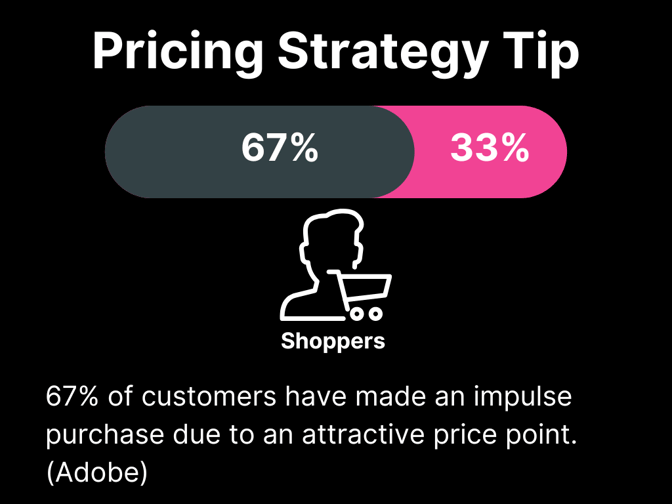
Setting Goals
Another critical factor is setting goals based on what kind of return on investment you want from each pricing strategy. This will determine which ones work best for the business’s needs. For instance, if a quick financial boost is required then a lower-priced product might be more appropriate. In contrast, if customer loyalty over time is desired, higher-priced options could help drive long-term profitability.
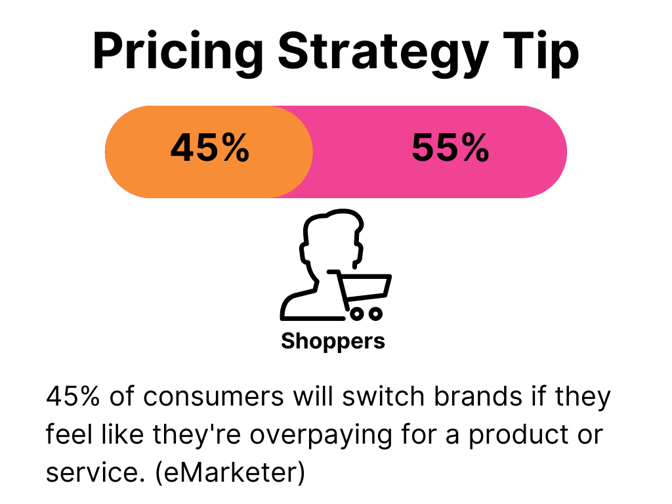
Re-Evaluate Often
Finally, it's essential to review and monitor your pricing strategies regularly as markets evolve quickly and consumer preferences change just as frequently. Staying ahead of the competition by constantly re-evaluating your approach will help ensure success over the long term and pave a path toward greater profitability for years to come!
Pricing Strategy Statistics
- 65% of consumers are willing to pay more for better customer service. (Forbes)
- 75% of shoppers expect personalized offers based on past purchases or browsing history. (Harvard Business Review)
- 67% of customers have made an impulse purchase due to an attractive price point. (Adobe)
- 45% of consumers will switch brands if they feel like they're overpaying for a product or service. (eMarketer)
- 59% of shoppers are willing to wait a few days for a lower price on items that stay in demand for long periods of time. (Accenture)
- 39% of customers believe retail stores should use AI-powered pricing algorithms for dynamic pricing models. (KPMG)
- 72% of customers purchase from retailers offering free shipping and discounts during the holidays.(Nielsen Global Retail E-commerce Survey)
- 60% of online shoppers search online before making a purchase decision in physical stores.(Retail Dive)
Best Practices For Creating The Perfect Pricing Strategy
Creating the perfect pricing strategy for your business can be a challenging task. However, with knowledge of best practices and a few common-sense principles, you can create a compelling and profitable pricing model. It's essential to consider factors such as customer demand, market trends, competitive pricing, costs of production, and customer loyalty when developing your pricing structure. By following these best practices, you create the perfect pricing strategy for your business.
- Consider your customer’s value– Always price with the customer in mind, ensuring you are charging enough to make the product or service worth their investment.
- Research your competitors– Do market research and compare yourself to similar businesses to ensure that you are competitive and not over- or undercharging.
- Utilize discounts strategically– Offering discounts can help draw attention to products, but be careful not to devalue them by offering too large of a discount too often.
- Create multiple pricing tiers– Consider creating different prices based on varying levels of value or quality, allowing customers more flexibility in terms of what they purchase.
- Analyze customer feedback – Gather customer feedback on your pricing strategy and adjust accordingly based on what they are saying (or not saying).
- Constantly reassess – Make sure to review and reassess your overall pricing strategy regularly, as it can quickly become outdated with changes in the market or competition.
How To Guide On The Perfect Pricing Strategy
Download a copy of our How To Guide On The Perfect Pricing Strategy to help you find the right pricing strategy and maximize profits.

List Of Top Books On Pricing Strategies
Reading books about pricing strategies can be a valuable tool for any business looking to maximize profits and remain competitive. With so many titles available, it can be challenging to determine which books on the subject offer the most significant value. There are, however, some notable works that stand out among the rest. These books can provide invaluable insights into formulating and executing effective pricing strategies for any business situation.
- Pricing for Profit: How to Command the Highest Prices and Make Your Business More Profitable - Mark Stiving
- Pricing Strategies: A Guide to Profitability - Thomas T. Nagle
- The Price Advantage - Michael V. Marn and Craig C. Zawada
- Pricing Decisions: Making Sense of the Numbers - Robert Dolan and John T Ryans Jr.
- Marketing Strategy and Competitive Positioning - Graham J Hooley and John Saunders
- Price Wars: How to Win the Battle for Your Customer’s Wallet - Richard C Shaffer
Checklist For Creating The Perfect Pricing Strategy
Download a copy of the Checklist For Creating The Perfect Pricing Strategy.
Quiz On Pricing Strategies
Test your knowledge of what you've learned with our quick quiz on pricing strategies!
1. What is the most important thing to consider when developing a pricing strategy?
A. Your competitors’ prices
B. Customer feedback
C. Your customer’s value
D. Discounts
2. Which pricing tier should be the most profitable?
A. The lowest tier
B. The highest tier
C. The middle tier
D. It depends on the product/service
3. When should businesses reassess their pricing strategy?
A. During peak seasons
B. At least once per year
C. Whenever there is new competition
D. Every few months
Quiz Answers
1. C. Your customer’s value
2. B. The highest tier
3. B. At least once per year
The Perfect Pricing Strategy Infographic
Understanding pricing strategy is key for any business looking to maximize profits and remain competitive, but it can be difficult to decipher such a complex topic. An infographic is an ideal way to illustrate the principles of pricing strategy in an easy-to-understand and visually appealing format. The perfect pricing strategy infographic provides critical insights into analyzing customer habits, formulating value-based models, assessing competitors, and more. It’s a valuable resource for any business professional trying to make the most of their pricing strategies. Download a copy of The Perfect Pricing Strategy Infographic now.
Glossary Of Pricing Strategy Terms
A glossary of pricing strategy terms can be a valuable resource for anyone looking to learn more about the subject. A comprehensive glossary of pricing strategy terms can help business professionals quickly get up-to-speed on the latest pricing models and methods.

